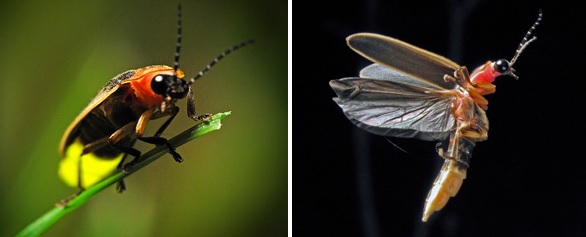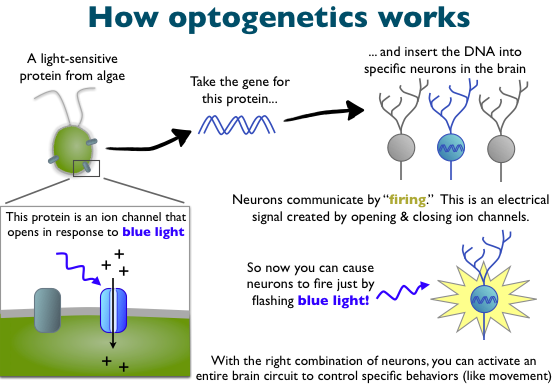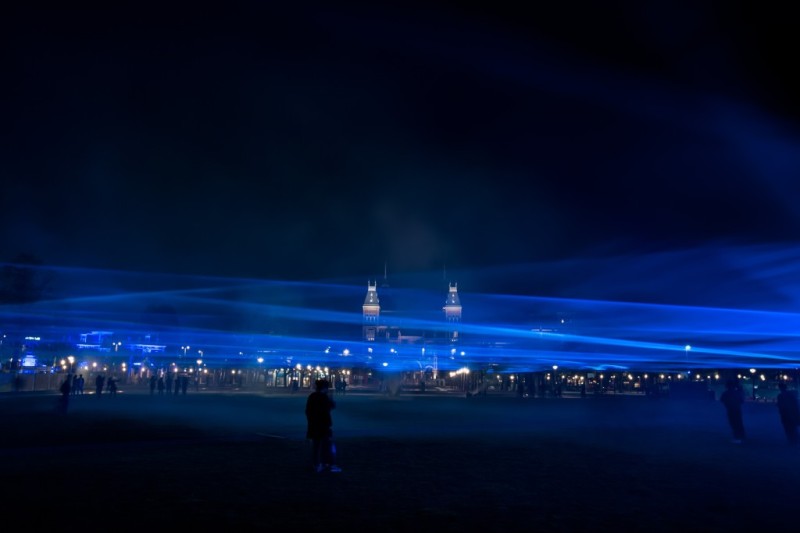“Windlicht” is an artwork by Studio Roosegaarde showing the beauty of green energy. By means of special software and tracking technology, the windmill blades are detected to rotate at 280 km / hour. Straight green lines of LED light are connecting the blades of the individual windmills. It creates a dynamic play of light and movement.
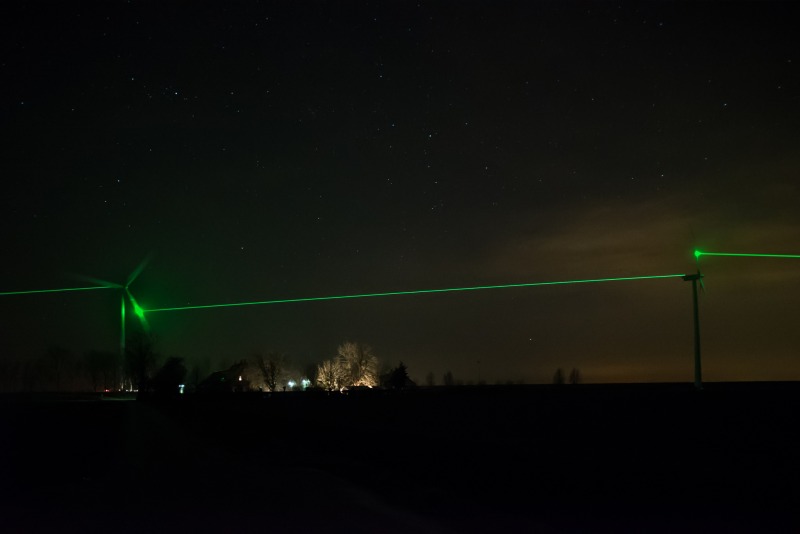
Linking Light and Landscape
With Windlight, Roosegaarde intends to create the missing link between the Dutch and the beauty of our new landscape. I appreciate this project very much because of its awareness generating power to the crowd. The majority of local citizens may complain for years, see these ‘giants’ as a thorn in the flesh, call it horizon pollution. But times are changing, this next generation 21st century windmills are amidst us and part of our next generations life. While struggle about finding appreciated locations at sea goes on, the need and urgency of renewable energy keeps growing. Windlight can be experienced for free on the Eneco windfarm at Sint Annaland in Zeeland, Netherlands.
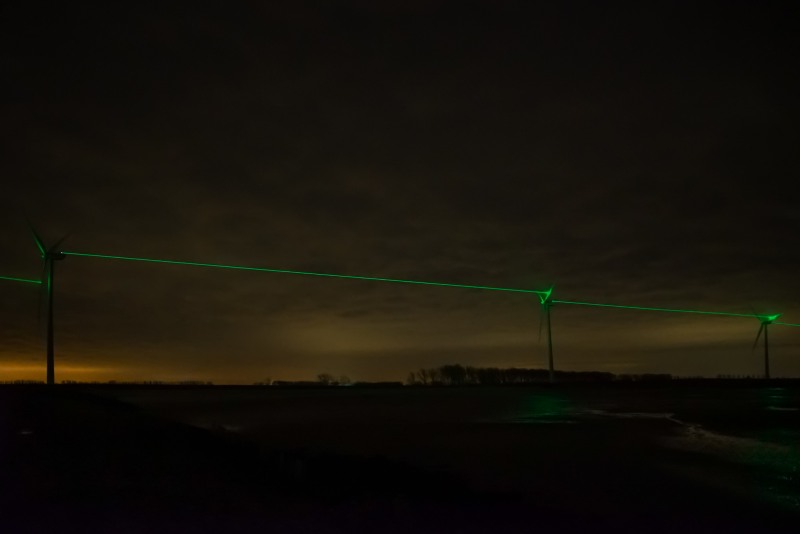
Waterlicht on Display in Middelburg, Zeeland, NL
By the way, I heard that the City of Middelburg invited Studio Roosegaarde to illuminate the celebration of 800 years Middelburg City in 2017 by means of it’s Waterlicht installation, an earlier success story of this amazing studio. If you ask me, there’s no more important area in all Western-Europe for raising water flood awareness… Curious to see how that works out!
If you want to learn a bit more on this wonderful area, please refer to the ‘About‘ page of this blog, there’s an impressive movie embedded on this particular area.
Pictures in this post are sourced from Studio Roosegaarde.




